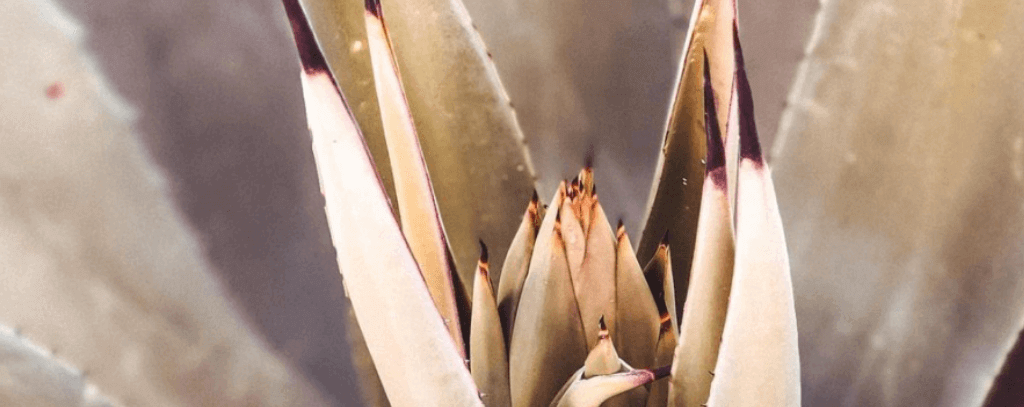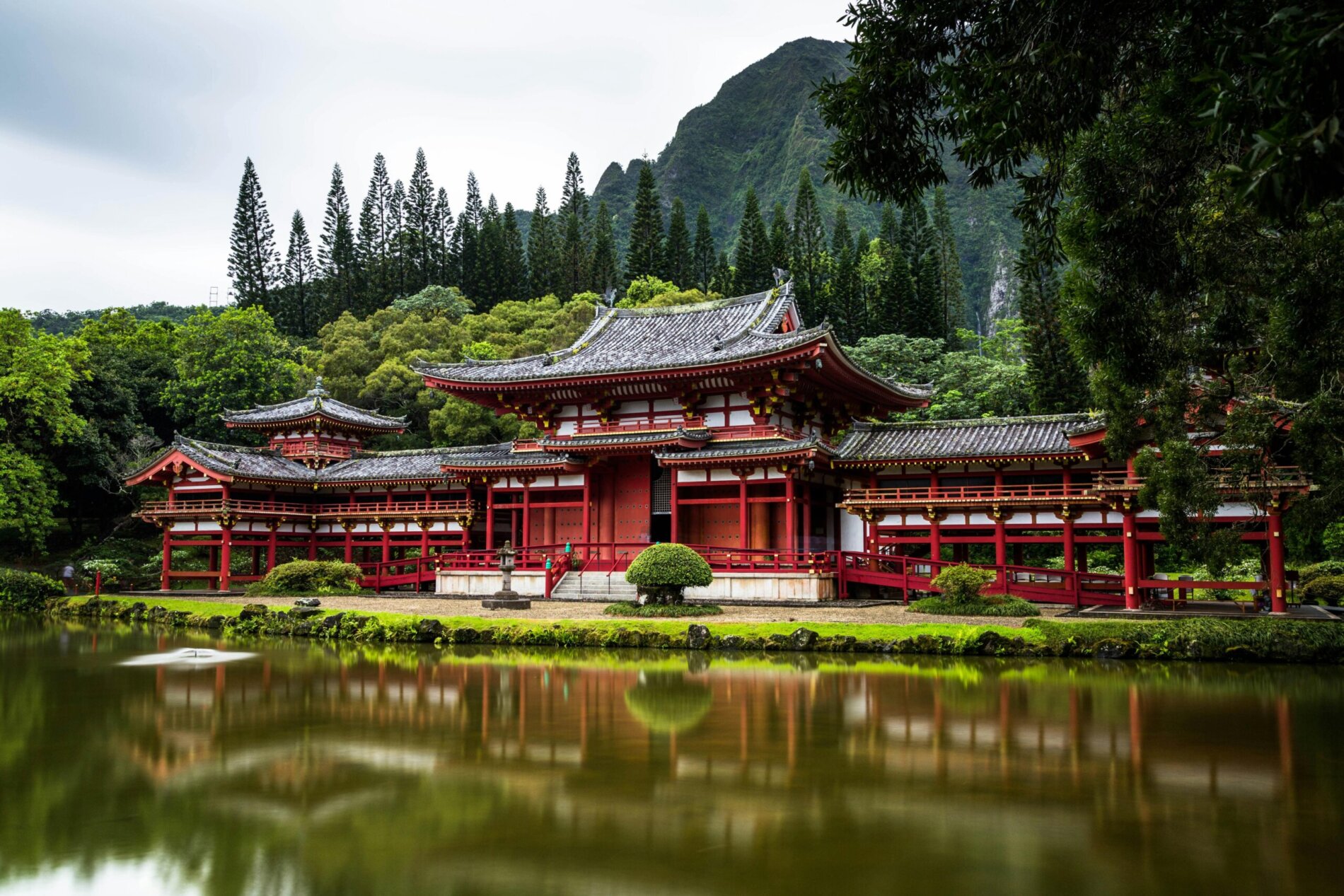It’s a craft spirit derived from gods, agaves, and intricate processes. A liquor too oft overshadowed, too frequently misinterpreted. And we’re here to do it justice. In this article, we peer between the agave leaves and savor tequila’s more refined parent that’s winning fans well beyond Oaxaca with its smoky charms: mezcal.
Sweet Nectar
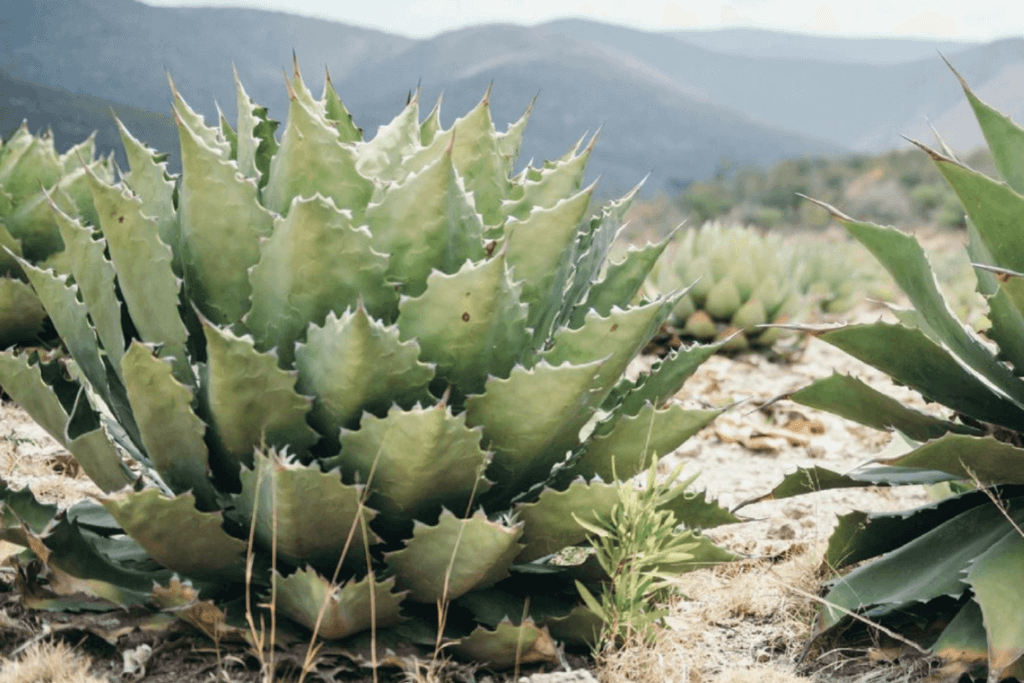
Let’s start with what mezcal isn’t: tequila. There’s no worm in mezcal, nor is it a cactus-derived hallucinogen that featured in 1991 film The Doors. That’s mescaline, obtained from peyote cacti. Tequila is actually a type of mezcal, which is made from the agave succulents that grow profusely in Oaxaca, the southern Mexican state synonymous with this smoky, artisanal spirit. Made only from the agave tequilana (blue agave), and mostly around the eponymous town of Tequila in the western state of Jalisco, tequila is to mezcal as bourbon or Scotch is to whisky.
Mezcal is made from more than 40 different types of agave, but the classic is the hardy, tequilana-related espadín – as common in Oaxaca as the state’s seven types of spicy mole. The versatile succulent is renowned for producing smooth mezcals and, given its high sugar content, fruity and floral notes. Other popular agaves with varying flavor profiles include arroqueño, tobaziche, tepeztate, madrecuixe, and the ‘king of mezcals’, the rare, hard-to-harvest tobalá, while blends are increasingly common.
Myths and Manufacturing
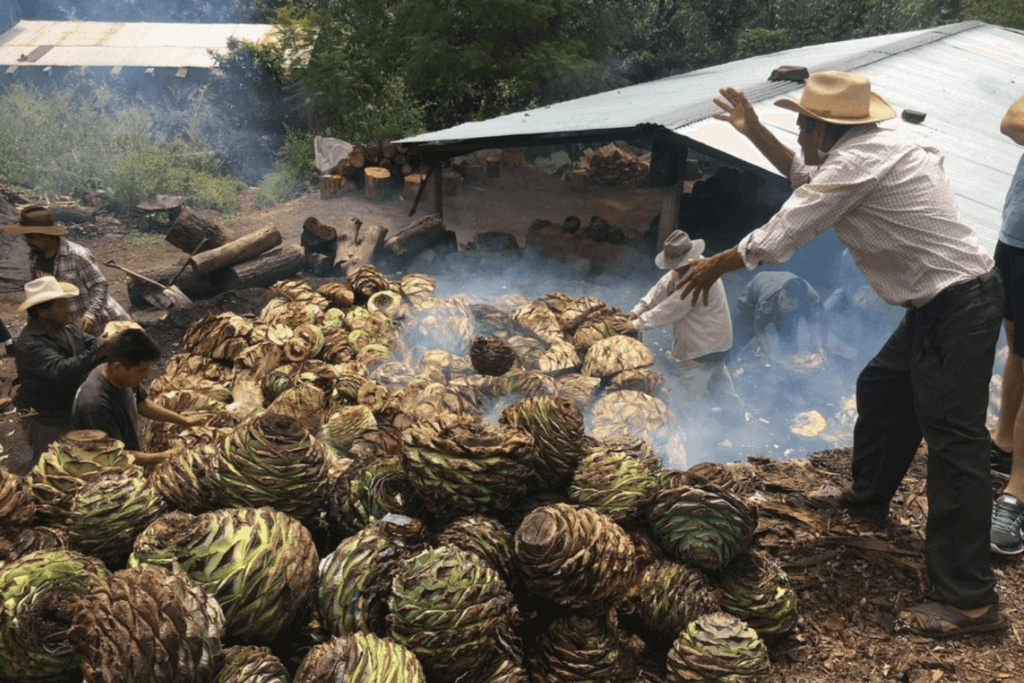
Mezcal has more origin stories than Batman, with one account claiming a lightning bolt struck an agave and villagers distilled the resulting fermented juice. Many myths come from mezcal’s association with the Aztec fertility goddess Mayahuel, also the deity of the maguey agave used to brew the pre-Hispanic Mexicans’ favored tipple, the altogether rougher and milkier pulque (or octli).
The conquistadors played a big role in mezcal’s development, distilling agave juices in place of grapes, but perhaps its name says enough – a combination of the Nahuatl words metl and ixcall, it means ‘oven-cooked agave’. This is a neat description of the mezcal production process, in which the piñas – the agaves’ pineapple-like hearts – are cooked in a cone-shaped earthen pit with wood and charcoal, which can be varied to add different flavors.
Next, the piñas are mashed, their fermenting juice is mixed with water and it’s all distilled in a clay pot, with the distillation often repeated once or twice for extra smoothness – and to achieve the legislated alcohol content of 36% to 55%. This is the traditional process, which artisanal producers still follow, and the caramelization of the agaves’ sugars over two or three days of roasting creates mezcal’s distinctive smokiness, its earthiness that brings Talisker to Tijuana.
Smoky and Smokier
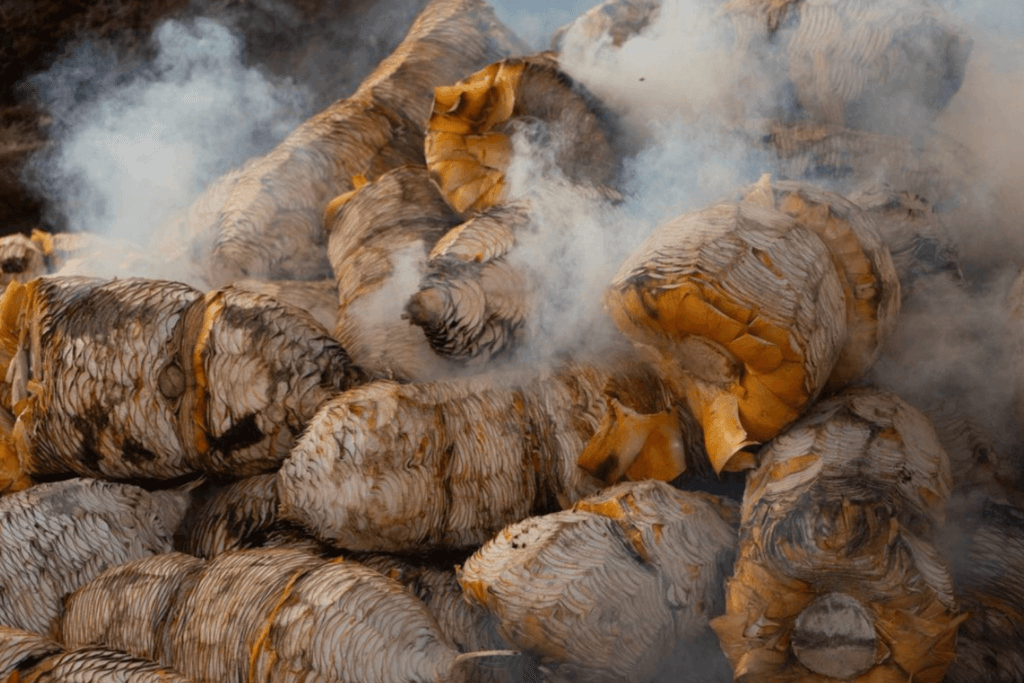
Adding further reasons to love this Mexican whisky, there are three styles of increasing smokiness to explore: joven (young), aged for less than two months; reposado, aged in oak barrels for two months to a year; and añejo, aged for one to three years. And that’s before you discover extra añejo, crema de mezcal liqueur, flavored mezcal and other variations. Mexicans prefer the clear, joven mezcal that highlights the wonderful taste of agave, but foreign palates may be drawn to reposado and añejo for their resemblance to peaty single malts.
With more than 100 mezcal brands on the market, it’s no wonder there are whole bars dedicated to this layered taste of Mexican heritage in its homeland and in the US.
Our Top Ten Mezcal Picks
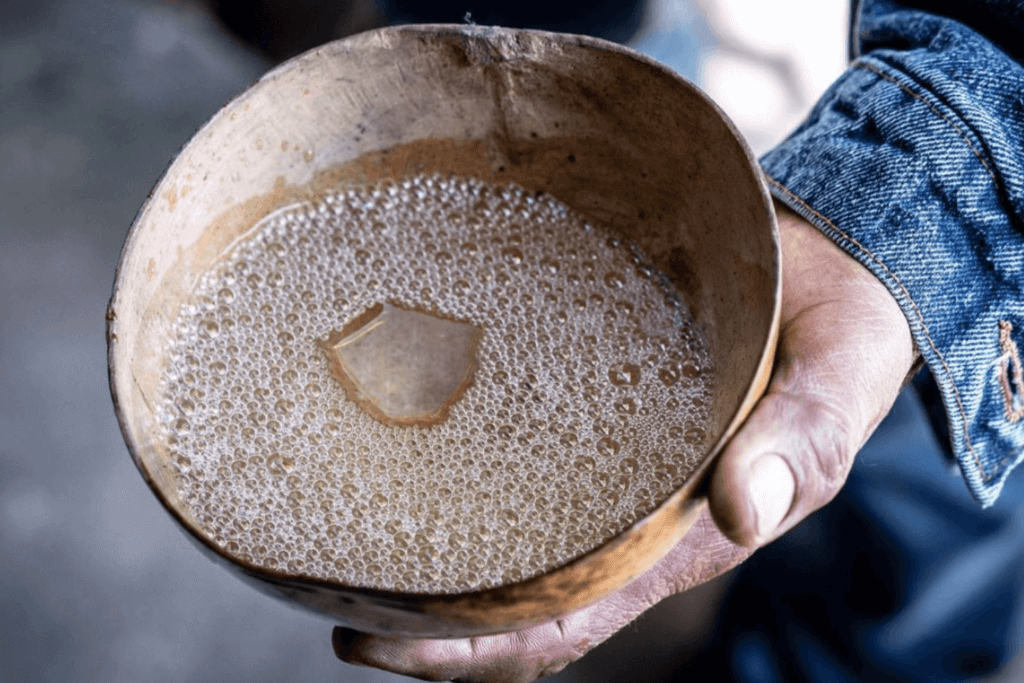
Best reposado style – Ilegal Mezcal Reposado
Best joven style – Montelobos Mezcal Joven
Best añejo style – Lágrimas de Dolores Añejo Cenizo Mezcal
Best espadín mezcal – Del Maguey Chichicapa Mezcal
Best non-espadín mezcal – The Lost Explorer Mezcal Tobalá
Best agave blend – Bruxo X Espadín and Barril Mezcal
Best flavoured – Dangerous Don Coffee-Infused Mezcal
Best for cocktails – Alipús San Juan del Rio Mezcal
Best for beginners – El Silencio Espadín Mezcal
Best for a sweet tipple – Del Maguey Crema de Mezcal
Words by James Bainbridge
Interested in exploring other libations? Check out our recent post on California wines.
